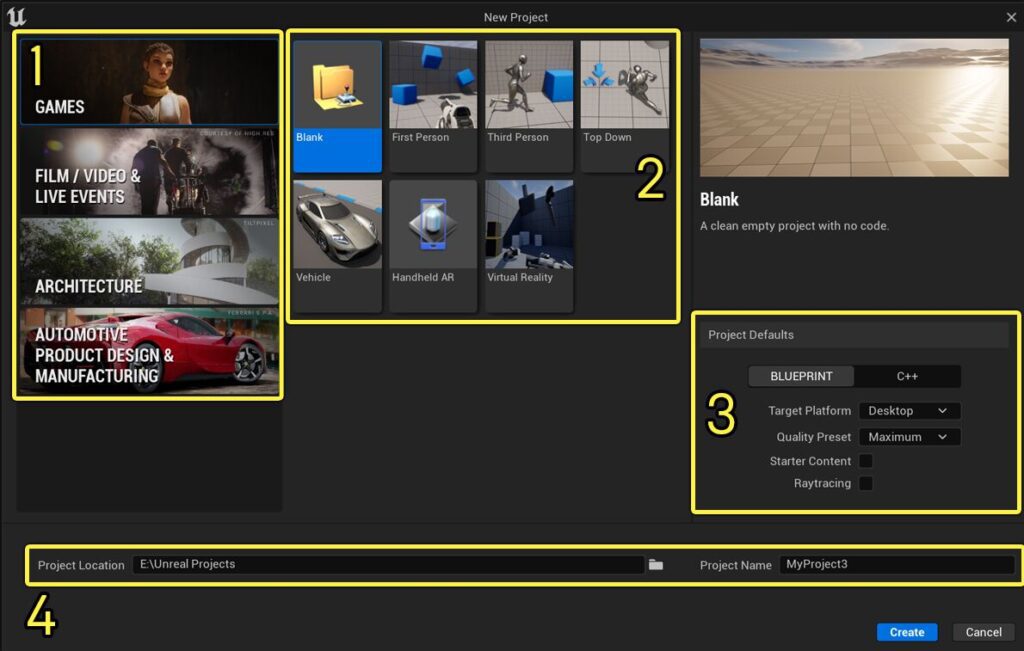Software engines have become an important tool in modern game development, helping to turn concepts into immersive gaming experiences. Before any code is written, game developers flesh out and plan the game’s genre, storyline, gameplay mechanics, and other key details, and determine what software engine is best suited for the project. Then, developers work on the game’s framework, create or obtain game assets such as graphics and sound effects, and begin coding and scripting. After the game undergoes rigorous testing and iterations, it’s ready for release, which involves meeting platform requirements, marketing campaigns, and providing updates and patches to fix any issues that arise.
Introduction
Have you ever wondered how modern games come to life? From the initial idea to the final product that millions of people play, the development process can be long and complicated. One tool that has become indispensable in game development is software engines. In this article, we’ll take a closer look at how software engines help turn concepts into immersive gaming experiences.
Conceptualization and Planning
Before any code is written, a game idea needs to be fleshed out and planned. This involves brainstorming the game’s genre, story, gameplay mechanics, and other key details. During this stage, game developers also determine what software engine is best suited for the project. Some popular game engines include Unreal Engine, Unity, and CryEngine. Choosing the right engine is crucial, as it can impact the game’s performance, features, and overall quality.
Framework and Asset Creation
Once a game concept has been established and an engine has been chosen, developers begin working on the game’s framework. This involves creating the game’s architecture, setting up the game world, and establishing how the game objects and mechanics interact with each other. Additionally, game assets such as graphics, music, and sound effects are created or obtained during this stage.
Coding and Scripting
With the framework in place and assets secured, the actual coding process begins. Developers use programming languages such as C++, Java, or Python to bring the game to life. They also use scripting languages such as Lua or Python to control the game’s behaviour and interactions. It’s during this stage that developers also debug and optimize the game, ensuring it runs smoothly and efficiently.
Testing and Iteration
Once the game is coded and functioning, it’s time to test it. This stage involves bug testing, quality assurance, and playtesting. Developers and testers look for any issues or glitches that need to be fixed before the game is released. They also fine-tune the game’s mechanics and features based on player feedback. This stage can take several rounds of testing and iteration, as developers strive to make the game as polished and enjoyable as possible.
Publishing and Distribution
After the game has undergone rigorous testing and iterations, it’s ready for release. Developers must ensure that the game meets all platform requirements and standards, such as those set by Steam or the App Store. They also create marketing campaigns, trailers, and other promotional materials to generate interest and buzz around the game. Once the game is released, developers continue to provide updates and patches to improve the game and fix any issues that arise.
Conclusion
Modern games are complex and require numerous steps and tools to bring them to life. Software engines have revolutionized the game development process, allowing developers to create stunning visuals, immersive worlds, and engaging gameplay experiences. From conceptualization to distribution, software engines help ensure that games are of the highest quality and meet the expectations of gamers worldwide.
